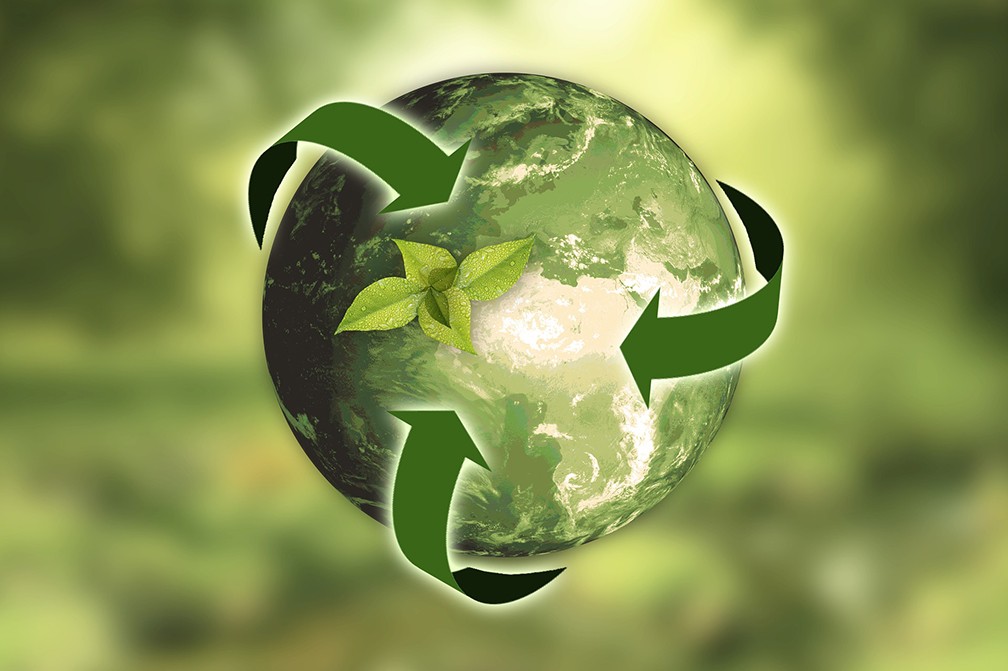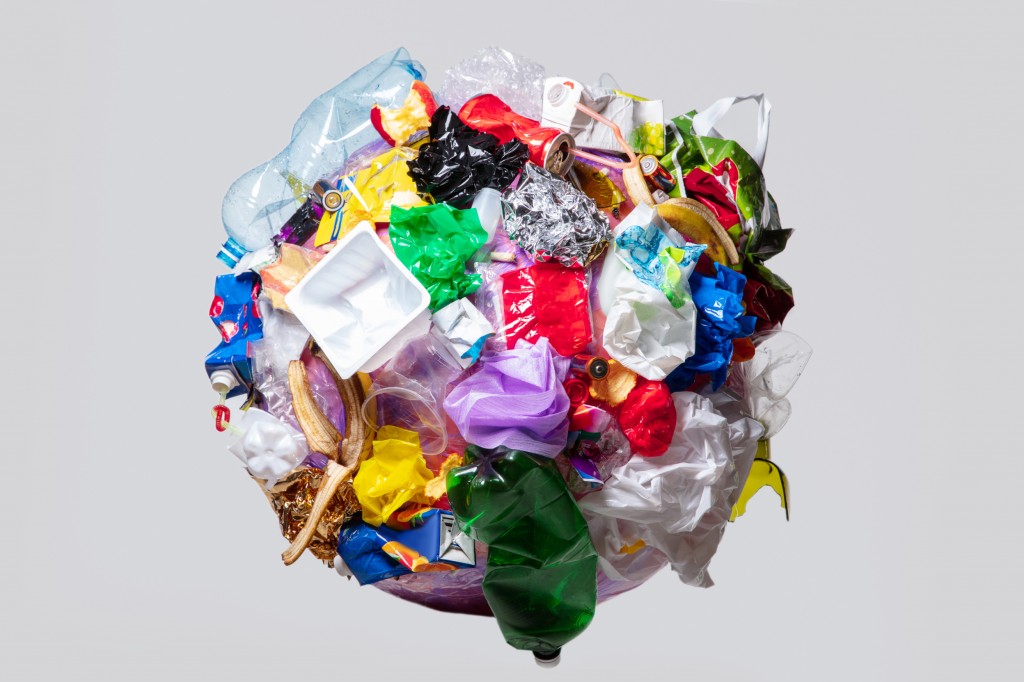EPR is the ticket to modernize our recycling systems through circular economy

A key element to creating circular economy for any material is to have a solid EPR (Extended Producer Responsibility) program in place for that material. EPR in basic terms, shifts the responsibility for managing the end-of-life of goods and packaging produced, including costs of recovery and recycling, onto manufacturers and distributors. In theory, this provides incentives to those manufacturers to design for recycling, increase product lifespan, make repair and reuse easier, invest in recycling infrastructure and end markets, and use more recycled content in new products.
EPR has been an element of European society since the 1990s. The EPR regimen in B.C., in place now for close to two decades, is considered one of the first successful examples of region-wide, multiple-product EPR implementation, and has been used as a model for the development of new EPR programs worldwide. EPR in B.C. covers end-of-life management of over 20 different types of goods and packaging, and in 2014 it became the first jurisdiction in North America to implement a residential packaging and paper recycling program, which remains fully funded and operated by producers.
Across Canada, EPR programs fall under provincial government jurisdiction and vary from province to province. Some products covered, depending on the province, include used oil, tires, electronics, cellphones, appliances, packaging, paper products, batteries, pharmaceuticals, fluorescent bulbs, mercury-containing products, pesticides, antifreeze, solvents, pressurized containers, end-of-life vehicles and mattresses. Currently, B.C.'s regulated EPR framework covers the most products, while Alberta is the only province west of Quebec without EPR in place. The province is currently working on establishing EPR for packaging and paper products, however, and should be in place and operating very soon. South of the border, Americans are progressing on the EPR front, albeit slowly, with around 10 states currently with some form of EPR program in development.
While extended producer responsibility is one of our best tools for supporting innovative recycling and increased rates of recovery for goods and packaging, we are really just starting on the journey and it is a long road we're on. Once EPR is established in a region for one type of product, it paves the way for additional products. But there are just so many types of products, all of which will eventually need to be addressed at the end of their initial life in a way that is funded by the manufacturer and supports the circular economy for that product.
Take lithium-ion batteries for example. This end-of-life product stream is growing very fast due to both the proliferation of cellphones in every corner of the world, and the global transition from fossil-fuel to electric power for vehicles and machinery. The subject of our cover story this issue, Kingston-based Li-Cycle, is a lithium-ion battery recycling pioneer on the way to being one of the very first to safely and profitably recycle up to 95 percent of all the materials contained in these batteries. The company is a true innovator and has found a very effective way to do it, and is experiencing rapid growth - but that does not mean they should go it alone. EPR is exactly the type of tool needed to support innovators such as Li-Cycle in the recycling industry, because it incentivizes manufacturers to rethink the way they produce and distribute their products, which in turn increases the effectiveness and profitability of the work that recyclers do.
If we imagine EPR in place for lithium-ion batteries, the manufacturers of those batteries would be incentivized to make the end-of-life management of their products as cost-efficient as possible. This would likely result in the incorporation of simple, positive changes in their product design. One such change could be colour-coding batteries at the point of manufacture. This would make sorting and collection more efficient, and would greatly reduce the potential of lithium-ion batteries getting into the regular waste and recycling stream, where they can explode and cause fires, machine downtime, injury or even death.
In an article run in Recycling Product News, last September, provided by the Recycling Council of Alberta (RCA), Jodi Tomchyshyn London, president of the Recycling Council of Alberta, does a very nice job to sum up the true essence of EPR. She wrote: "EPR can and should be exciting for government, businesses and consumers. It's the promise of positive environmental outcomes, market forces driving green jobs and innovations, and large producers bringing the prospect of a circular economy within grasp. EPR is our ticket to modernize, profit from and see unprecedented results from our recycling systems."
This article was originally published as the Letter from the Editor in the April 2021 edition of Recycling Product News, Volume 29, Number 3.



